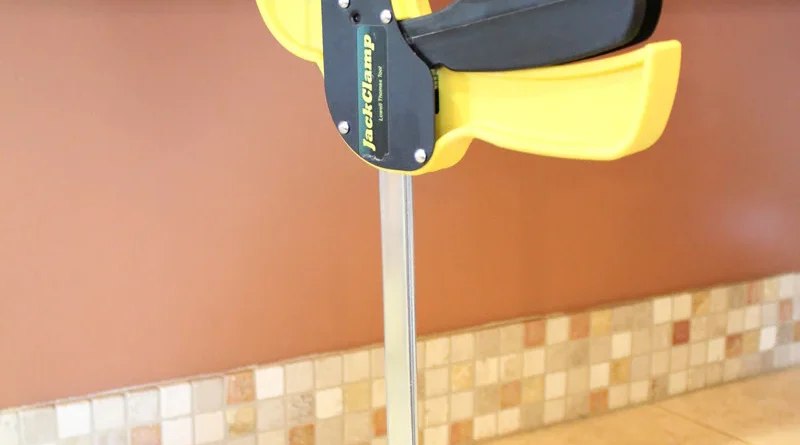Avoiding Common Mistakes: Best Practices for Using a Cabinet Jack
Avoiding Common Mistakes: Best Practices for Using a Cabinet Jack
Introduction: Installing or adjusting cabinets can be a challenging task, and having the right tools is crucial to ensure a smooth and efficient process. A cabinet jack is one such tool that can make your job easier. However, like any tool, using a cabinet jack requires proper technique and precautions to avoid common mistakes. In this article, we’ll explore the best practices for using a cabinet jack to help you achieve professional results without hiccups. جک کابینت
Selecting the Right Cabinet Jack:
Before diving into the usage tips, it’s important to choose the right cabinet jack for your needs. Consider the weight capacity, height range, and stability of the jack. Ensure it is suitable for the type and size of cabinets you’ll be working with.
Safety First:
Safety should always be a top priority when using a cabinet jack. Inspect the jack for any damage or defects before each use. Make sure all locking mechanisms are secure, and the base is stable. Wear appropriate personal protective equipment, including gloves and safety glasses.
Proper Positioning:
Positioning the cabinet jack correctly is crucial for stability and precision. Place the jack at the center of the cabinet’s base, distributing the weight evenly. This helps prevent tilting and ensures a balanced lift.
Leveling the Cabinet:
Use a level to ensure the cabinet is perfectly horizontal or vertical, depending on your installation requirements. Adjust the cabinet jack as needed to achieve the desired level before securing the cabinets in place.
Securing the Cabinets:
Once the cabinets are in the desired position, it’s essential to secure them properly. Use screws or other recommended fasteners to anchor the cabinets to the wall or adjacent cabinets. Double-check the stability and make any necessary adjustments before fully tightening the fasteners.
Gradual Lifting:
Avoid the common mistake of trying to lift the cabinet too quickly. Gradual lifting allows for better control and minimizes the risk of accidents. Lift the cabinet incrementally, checking for stability at each stage. This cautious approach ensures a smoother installation process.
Communication and Teamwork:
If you’re working with a team, effective communication is key. Clearly communicate lifting and positioning instructions to ensure everyone is on the same page. Teamwork can help prevent mistakes and enhance the overall efficiency of the cabinet installation process.
Adapting to Obstacles:
In real-world scenarios, you may encounter obstacles or uneven surfaces. Be prepared to adapt the cabinet jack’s position or height to navigate these challenges. Flexibility and problem-solving skills are valuable assets when working with cabinets in diverse environments.
Regular Maintenance:
To ensure the longevity and reliability of your cabinet jack, perform regular maintenance. Clean any debris or dust that may accumulate on the jack, lubricate moving parts, and inspect for wear and tear. Address any issues promptly to keep the tool in optimal condition.
Conclusion:
Using a cabinet jack can significantly simplify the process of installing or adjusting cabinets. By following these best practices, you can avoid common mistakes, enhance safety, and achieve professional results. Remember to choose the right jack, prioritize safety, position the jack correctly, level the cabinets, secure them properly, lift gradually, communicate effectively, adapt to obstacles, and perform regular maintenance. With these guidelines in mind, you’ll be well-equipped to tackle cabinet installations with confidence and precision.
